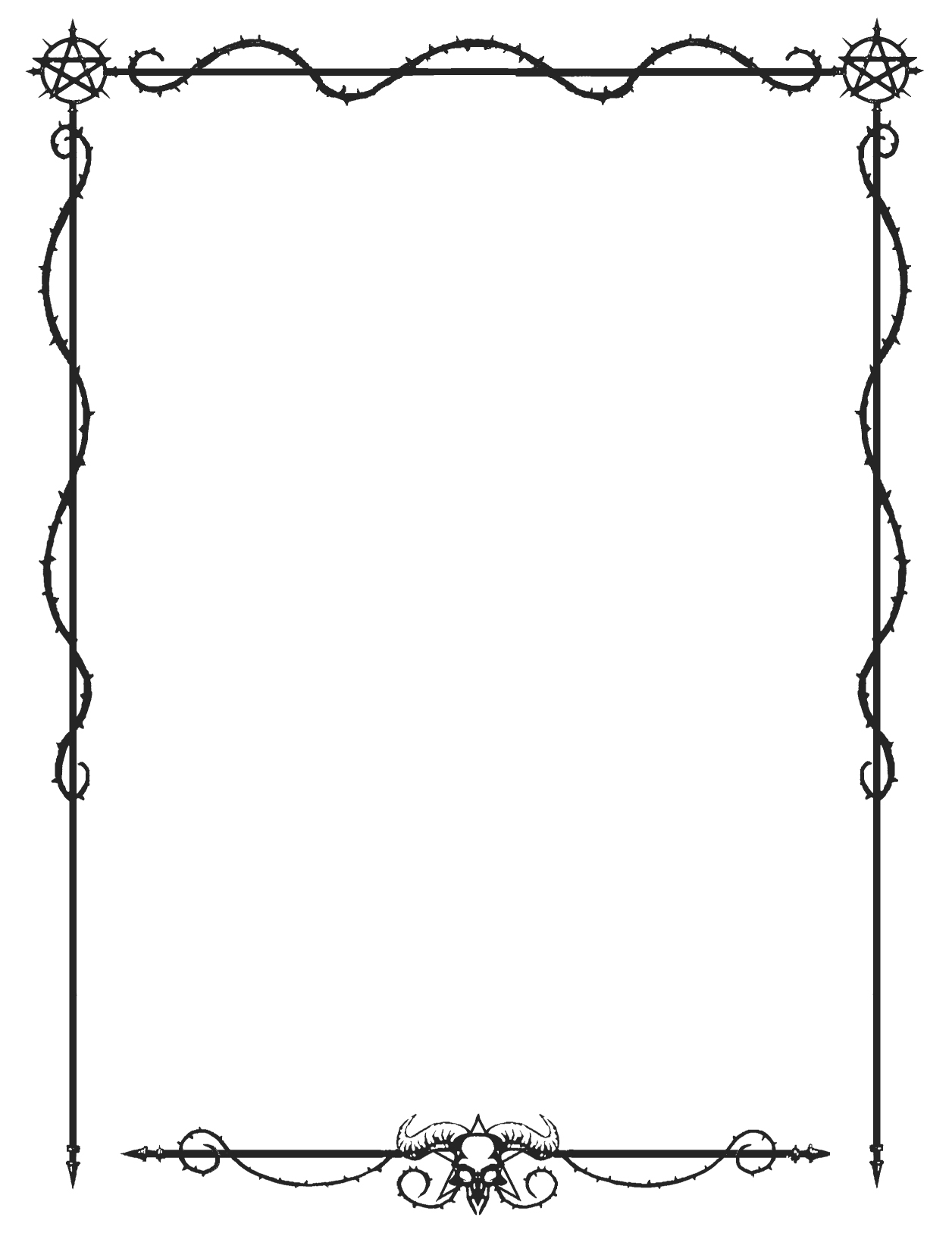
By using namespaces, XHTML documents could provide extensibility by including fragments from other XML-based languages such as Scalable Vector Graphics and MathML. By shifting to an XML format, it was hoped HTML would become compatible with common XML tools servers and proxies would be able to transform content, as necessary, for constrained devices such as mobile phones. The XML standard, approved in 1998, provided a simpler data format closer in simplicity to HTML 4. HTML 4 was ostensibly an application of Standard Generalized Markup Language (SGML) however the specification for SGML was complex, and neither web browsers nor the HTML 4 Recommendation were fully conformant to it.

In addition, browsers were forgiving of errors in HTML, and most websites were displayed despite technical errors in the markup XHTML introduced stricter error handling. XHTML was developed to make HTML more extensible and increase interoperability with other data formats. Of the two serializations, the W3C suggests that most authors use the HTML syntax, rather than the XHTML syntax. In 2009, the W3C allowed the XHTML 2 Working Group's charter to expire, acknowledging that HTML5 would be the sole next-generation HTML standard, including both XML and non-XML serializations. In 2007, the W3C's HTML working group voted to officially recognize HTML5 and work on it as the next-generation HTML standard. The WHATWG eventually began working on a standard that supported both XML and non-XML serializations, HTML5, in parallel to W3C standards such as XHTML 2. However, in 2005, the Web Hypertext Application Technology Working Group (WHATWG) formed, independently of the W3C, to work on advancing ordinary HTML not based on XHTML. By migrating to XHTML today, content developers can enter the XML world with all of its attendant benefits, while still remaining confident in their content's backward and future compatibility." In the current XHTML 1.0 Recommendation document, as published and revised to August 2002, the W3C commented that, "The XHTML family is the next step in the evolution of the Internet. The World Wide Web Consortium (W3C) also continues to maintain the HTML 4.01 Recommendation, and the specifications for HTML5 and XHTML5 are being actively developed.

XHTML 1.0 is "a reformulation of the three HTML 4 document types as applications of XML 1.0". 6 Cross-compatibility of XHTML and HTML.


 0 kommentar(er)
0 kommentar(er)
